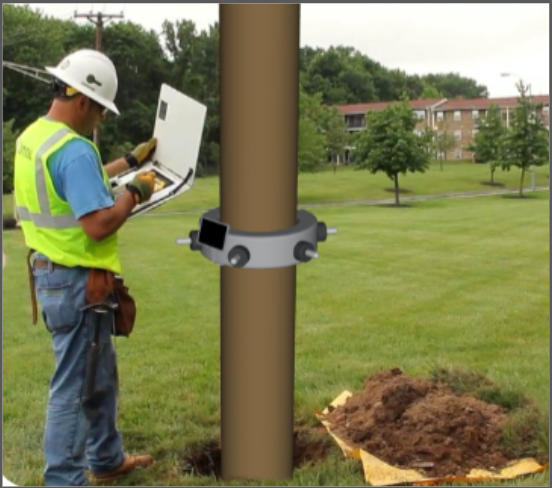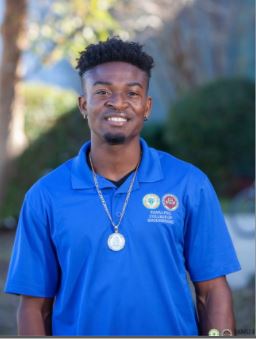




Project Manager
Electrical Engineering
Corie will be graduating this semester with a degree in Electrical Engineering. She will be continuing
her education at FSU to pursue an MBA and hopes to build a career in the defense industry.

Hardware Engineer
Electrical Engineering
Alonzo will be graduating this semester with a degree in Electrical Engineering. He anticipates working in the
power engineering field post graduation.

Software Engineer
Electrical Engineering
Leonardo will be graduating this semester with a degree in Electrical Engineering. He hopes to start a career
as a systems engineer post graduation.

Hardware Engineer
Electrical Engineering
Thomas is graduating this spring with a Bachelor's in Electrical Engineering. He hopes to work on power
systems and power distribution post graduation.
Florida Power and Light (FPL) provides power to over ten million people in Florida through the use of
millions of utility poles that transfer power to homes. Due to the effects of nature, the health of these
poles degrades over time. Linemen are tasked to test the health of these poles every two years and do so
using an 18-step inspection process. One of these steps is the hammer test where a lineman taps the pole with
a hammer and listens for the produced sound. Changes in sounds correlates to a defect in the pole. This inspection
process has been prone to errors and requires many different resources to perform. Our goal was to automate and
simplify FPL's pole inspection process.
Our team has developed a pole testing approach that uses radar technology to improve testing efficiency and reduce
testing error. This design provides linemen with a simpler and non-invasive way to test the health of a utility pole.
With the help of a team of mechanical engineers, we are designing and building a triangle-shaped robot that can climb
and adjust to different sized poles. The radar sensor is attached to the robot and allows the health of the pole to be
checked while the robot climbs. Additionally, both the robot and the sensor are powered using a rechargeable battery.
These batteries are already used by linemen, allowing them to not need additional tools. Both parts are also
being controlled by an app designed for iPhones and iPads. The user is able to control the robot's movement and view
the sensor's test results, along with other important robot information.
This project could be further improved with the addition of components with the ability to replace other steps of the pole inspection process. Additionally, further research could be performed to give the user more control through the iOS app for iPhones and iPads. For example, the user could be able to better view and interact with the sensor data or have more control over the robot's movement.
Tallahassee, FL, USA
+1 (850)410-6161
cxc16@my.fsu.edu